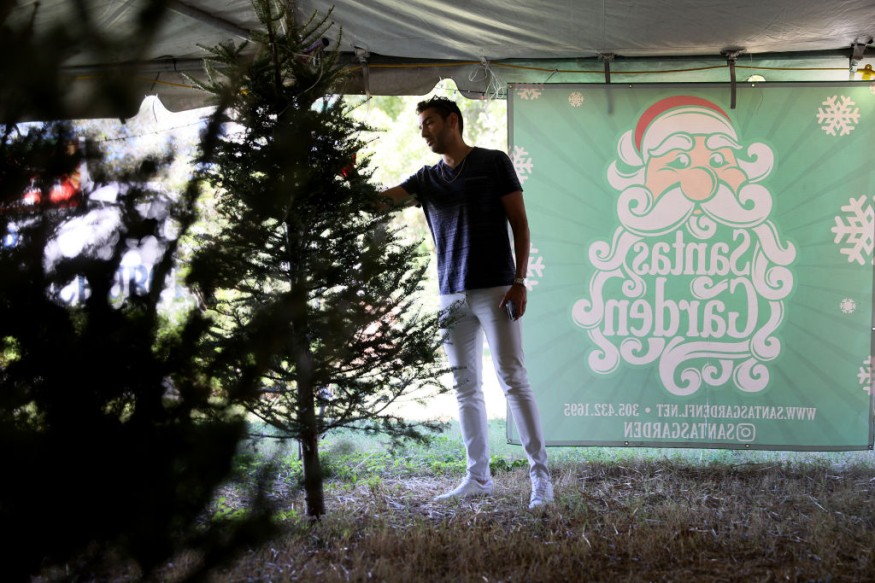
As the holiday season begins, families across the country are once again facing the age-old question: Should we choose a real Christmas tree or a fake one?
While both options have their pros and cons, real Christmas trees offer some surprising environmental benefits that could help you make the best choice for both your home and the planet.
The Environmental Benefits of Choosing a Real Christmas Tree This Holiday Season
Real Christmas trees are not just beautiful decorations for your living room; they play a crucial role in the environment even before they are cut down.
Valerie Nalls, who operates a Christmas tree market in Washington D.C., explains that real trees are grown over several years, during which they help to improve air quality. "For eight years, these trees have been producing oxygen and providing a habitat for wildlife," Nalls said.
Additionally, farmers often replant trees after harvesting, ensuring that new trees grow to replace the old ones, WUSA9 said.
Once the holiday season is over, real trees continue to benefit the environment. Instead of adding to the waste in landfills, many communities offer recycling services where trees can be turned into mulch or compost.
Nalls recommends checking with local municipalities to see if such services are available, as many areas now offer composting or mulching options as part of their recycling programs. This way, the tree is returned to the earth, further enriching the environment.
Choosing a real Christmas tree also supports local farmers and contributes to the local economy. Kelsey Leonard, a researcher at the University of Waterloo's Christmas Tree Institute, highlights how buying locally-grown trees can help maintain biodiversity and sequester carbon.
She notes that in places like Ontario, where over 400 Christmas tree farms operate, purchasing a real tree can make a significant environmental impact. By supporting these farms, you are helping to preserve natural habitats and reduce the carbon footprint that comes with transporting trees over long distances.
Real trees also provide an opportunity to enjoy nature with your family. Instead of just picking out a tree online or at a store, Leonard suggests visiting a local farm where you can connect with nature, meet the farmers, and even enjoy a cup of hot chocolate while choosing your tree.
This experience allows families to see firsthand how trees are grown over seven to ten years before they are harvested, adding a special connection to the tree you bring home.
Recycling Real Christmas Trees Supports Communities and the Environment
However, the environmental benefits of real trees only extend as far as their proper disposal after the holidays.
According to Global News, Leonard advises people to make sure their trees are free of decorations and tinsel before recycling them.
Many communities turn trees into mulch or use them for environmental restoration projects. If you're unsure of how to dispose of your tree, check with local non-profits or botanical gardens to see if they accept donated trees for restoration efforts.
In contrast, artificial trees, which are often made from PVC plastic, have a much higher carbon footprint. They are usually manufactured overseas and require significant resources to ship.
The David Suzuki Foundation reports that fake trees have a carbon footprint three times larger than that of real trees. While they can be used for many years, experts say that unless an artificial tree is kept for at least 20 years, its environmental impact is much worse than a real tree's.
Ultimately, choosing a real Christmas tree is a decision that can positively impact the environment.
From supporting local farmers and improving air quality to providing a sustainable way to dispose of them, real trees offer multiple ways to help the planet, one tree at a time. So, this holiday season, when you're picking out your tree, remember that your choice could make a big difference for the environment.
© 2025 NatureWorldNews.com All rights reserved. Do not reproduce without permission.





